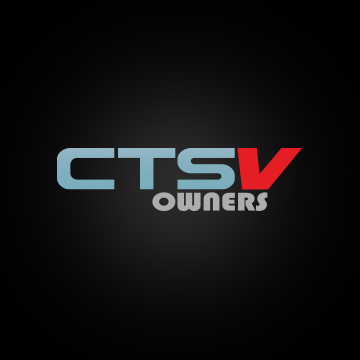Been losing brake fluid for a long time, finally able to get it up on a friend's lift and found the rear crossover tube to the left rear tire was weeping at on of its attachment clips.
I've tried to find the pre-bent tube assembly but it has been discontinued - probably expensive anyway. Also other lines don't look all that great and will probably have to be replaced.
I am left with using bulk copper alloy tubing and new fittings. I know the tubing is 3/16, but do not know what the fittings are. If I remove the tubing and fittings I will lose my transportation to get any parts.
I've searched all over on line and in this forum. Car parts stores can't tell me. Nowhere have I found where it actually spells out the size of the fittings for the tubing. Balloon tool I have, flaring not an issue done this before on other vehicles.
This can't be such a trade secret, interesting how trying to find it has become such a hassle - oh, yeah, Cadillac.
Someone must know which metric the 2010 DTS uses.
Information appreciated, thank you.
I've tried to find the pre-bent tube assembly but it has been discontinued - probably expensive anyway. Also other lines don't look all that great and will probably have to be replaced.
I am left with using bulk copper alloy tubing and new fittings. I know the tubing is 3/16, but do not know what the fittings are. If I remove the tubing and fittings I will lose my transportation to get any parts.
I've searched all over on line and in this forum. Car parts stores can't tell me. Nowhere have I found where it actually spells out the size of the fittings for the tubing. Balloon tool I have, flaring not an issue done this before on other vehicles.
This can't be such a trade secret, interesting how trying to find it has become such a hassle - oh, yeah, Cadillac.
Someone must know which metric the 2010 DTS uses.
Information appreciated, thank you.




